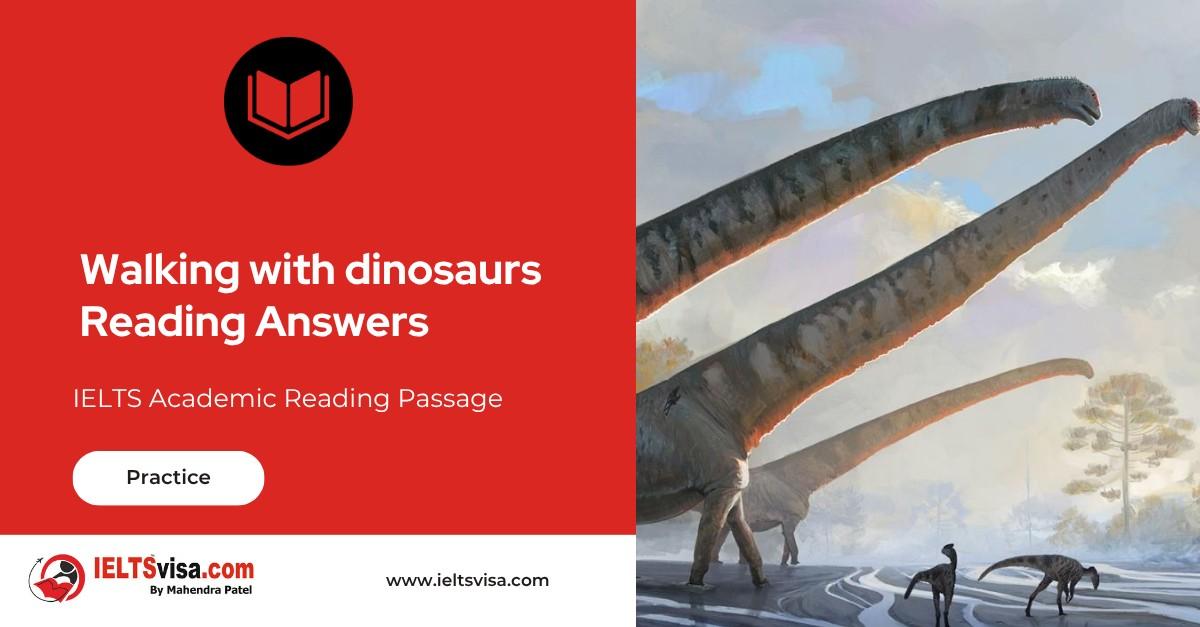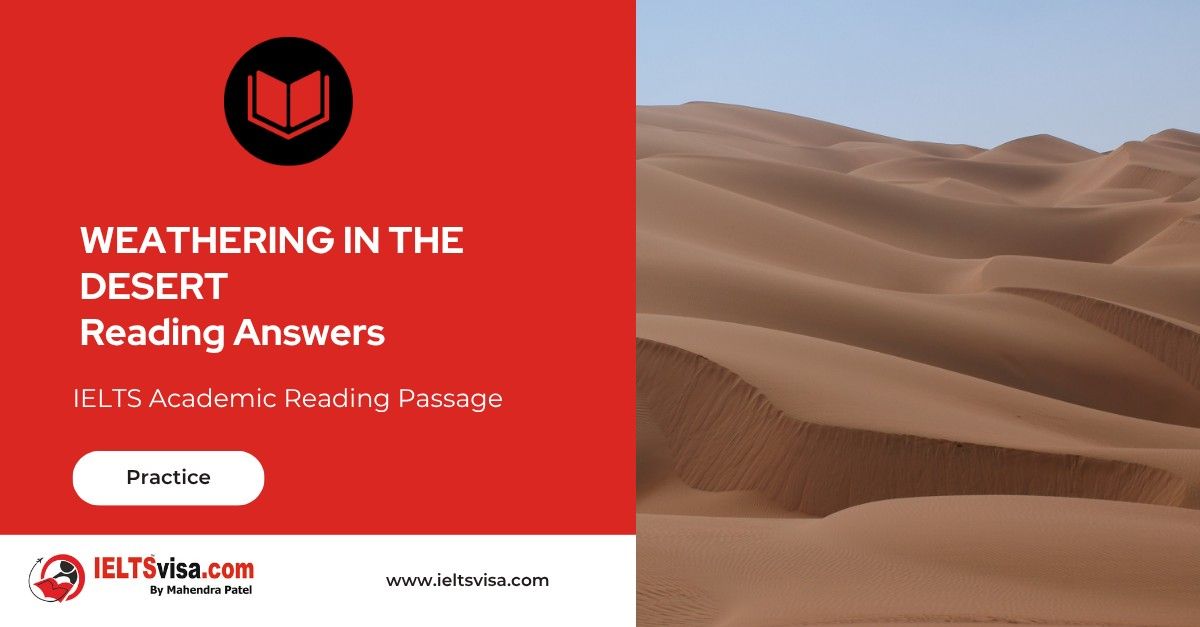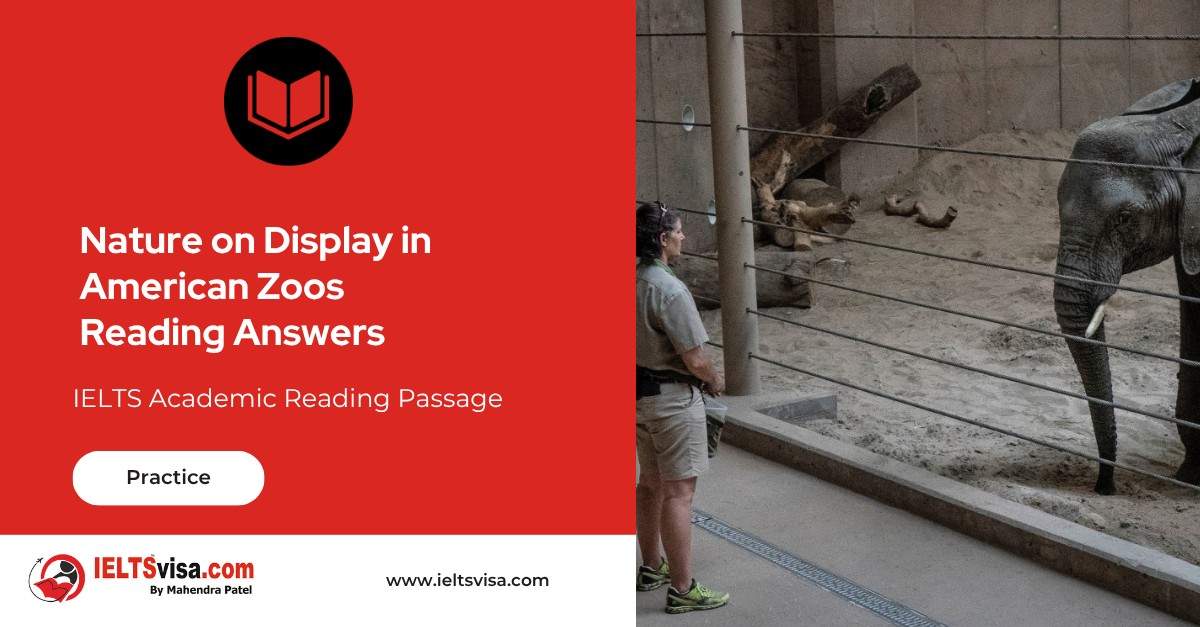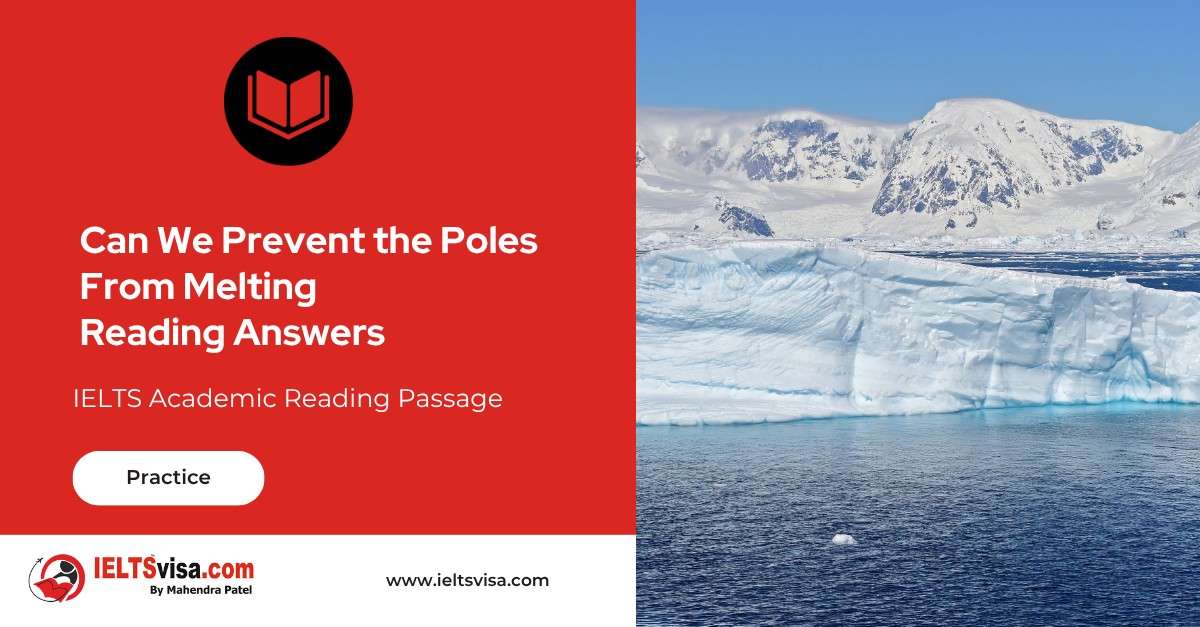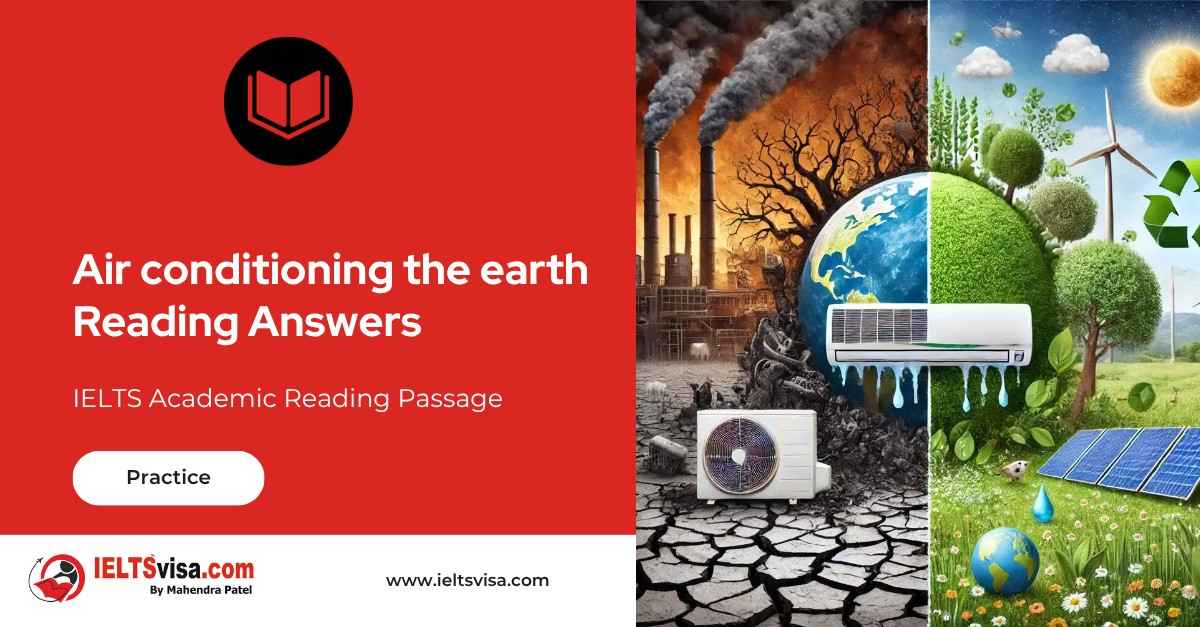The Burden Of Thirst Reading Answer
IELTS Academic Reading Passage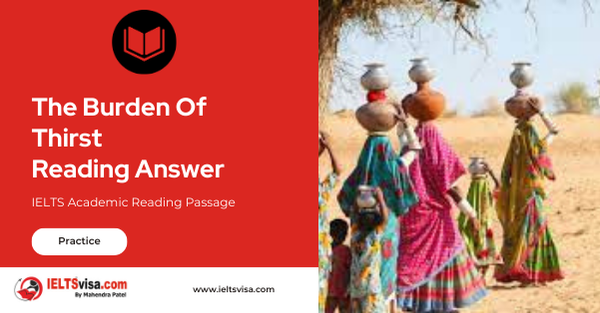
Millions of women carry water long distances. If they had a tap by their door, whole societies would be transformed.
A
Aylito Binayo’s feet know the mountain. Even at four in the morning, she can run down the rocks to the river by starlight alone and climb the steep mountain back up to her village with a container of water on her back. She has made this journey three times a day since she was a small child.
So has every other woman in her village of Foro, in the Konso district of south-western Ethiopia in Africa. Binayo left school when she was eight years old, in part because she had to help her mother fetch water from the Toiro River. The water is unsafe to drink; every year that the drought continues, the river carries less water, and its flow is reduced. But it is the only water Foro has ever had.
B
In developed parts of the world, people turn on a tap and out pours abundant, clean water. Yet nearly 900 million people in the world have no access to clean water. Furthermore, 2.5 billion people have no safe way to get rid of human waste. Polluted water and lack of proper hygiene cause disease and kill 3.3 million people around the world annually, most of them children. In southern Ethiopia and in northern Kenya, a lack of rain over the past few years has made even dirty water hard to find. But soon, for the first time, things are going to change.
C
Bringing clean water close to villagers’ homes is the key to the problem. Communities where clean water becomes accessible and plentiful are transformed. All the hours previously spent hauling water can be used to cultivate more crops, raise more animals or even start a business. Families spend less time sick or caring for family members who are unwell. Most important, not having to collect water means girls can go to school and get jobs. The need to fetch water for the family, or to take care of younger siblings while their mother goes, usually prevents them ever having this experience.
D
But the challenges of bringing water to remote villages like those in Konso are overwhelming. Locating water underground and then reaching it by means of deep wells requires geological expertise and expensive, heavy machines. Abandoned wells and water projects litter the villages of Konso. In similar villages around the developing world, the biggest problem with water schemes is that about half of them break down soon after the groups that built them move on. Sometimes technology is used that can’t be repaired locally, or spare parts are available only in the capital.
E
Today, a UK-based international non-profit organisation called WaterAid is tackling the job of bringing water to the most remote villages of Konso. Their approach combines technologies proven to last – such as building a sand dam to capture and filter rainwater that would otherwise drain away. But the real innovation is that WaterAid believes technology is only part of the solution. Just as important is involving the local community in designing, building and maintaining new water projects. Before beginning any project, WaterAid asks the community to create a WASH (water, sanitation, hygiene) committee of seven people. The committee works with WaterAid to plan projects and involve the village in construction. Then it maintains and runs the project.
F
The people of Konso, who grow their crops on terraces they have dug into the sides of mountains, are famous for hard work. In the village of Orbesho, residents even constructed a road themselves so that drilling machinery could come in. Last summer, their pump, installed by the river, was being motorised to push its water to a newly built reservoir on top of a nearby mountain. From there, gravity will carry it down in pipes to villages on the other side of the mountain. Residents of those villages have each given some money to help fund the project. They have made concrete and collected stones for the structures. Now they are digging trenches to lay pipes. If all goes well, Aylito Binayo will have a tap with safe water just a three-minute walk from her front door.
adapted from National Geographic magazine
Questions 1-6
The reading passage has six paragraphs, A-F.
Choose the correct heading for each paragraph from the list of headings below.
1………………… Paragraph A
2………………… Paragraph B
3………………… Paragraph C
4………………… Paragraph D
5………………… Paragraph E
6………………… Paragraph F
|
|
List of Headings |
|
i |
Why some plans have failed |
|
ii |
A rural and urban problem |
|
iii |
A possible success |
|
iv |
Explaining a new management style |
|
v |
Some relevant statistics |
|
vi |
A regular trip for some people |
|
vii |
Treating people for disease |
|
viii |
How water can change people’s lives |
Questions 7-11
Complete the sentences below.
Choose NO MORE THAN ONE WORD AND/OR A NUMBER from the passage for each answer.
7. The water levels in the Toiro River are falling because of 7…………………
8. Globally, the number of people who die each year as a result of using dirty water is 8…………………
9. When families have clean water, they can spend more time growing 9…………………
10. Specialist knowledge and equipment are needed to dig 10…………………
11. WaterAid uses a dam made of 11……………. to capture rainwater.
Questions 12-13
Choose TWO letters, A-E.
Which TWO of these activities were performed by the villagers of Orbesho?
A building a transport route
B digging a reservoir
C gathering building materials
D making pipes
E fitting taps

Solution For: The Burden Of Thirst Reading Answer
| 1. vi | 8. 3.3 million |
| 2. v | 9. crops |
| 3. viii | 10. wells |
| 4. i | 11. sand |
| 5. iv | 12. A OR C IN EITHER ORDER |
| 6. iii | 13. A OR C IN EITHER ORDER |
| 7. drought |
Review and Practice
- Regularly practice with IELTS reading samples and time yourself to get used to the pressure of the exam.
- Review your mistakes to understand where you went wrong and how to avoid similar errors in the future.
Our Books
Master IELTS Speaking Part 1
IELTS Writing Task 1 Book
IELTS Writing Task 2 Book
The Burden Of Thirst Reading Answer Explanation
Comin Soon
Practice IELTS Other Modules
IELTS Listening
The IELTS Listening test assesses how well you can understand spoken English in various contexts. It lasts about 30 minutes and is divided into four sections with a total of 40 questions. The listening tasks become increasingly difficult as the test progresses.
IELTS Academic Reading
The IELTS Academic Reading section assesses your ability to understand and interpret a variety of texts in academic settings. It is designed to evaluate a range of reading skills, including skimming for gist, reading for main ideas, reading for detail, understanding inferences, and recognizing a writer's opinions and arguments.
IELTS Speaking
The IELTS Speaking test assesses your ability to communicate in English on everyday topics. It lasts 11-14 minutes and consists of three parts: introduction, cue card, and a discussion based on the cue card topic.
IELTS General Reading
IELTS General Reading tests your ability to understand and interpret various types of texts. Here are some key areas and types of content you can expect to encounter in the reading section, along with tips for effective preparation.
IELTS Academic Writing Task 1
In IELTS Academic Writing Task 1, you are presented with a visual representation of information, such as graphs, charts, tables, or diagrams, and you are required to summarize, compare, or explain the data in your own words.
IELTS General Writing Task 1
In IELTS General Writing Task 1, you are required to write a letter based on a given situation. The letter can be formal, semi-formal, or informal, depending on the prompt. Here’s a breakdown of the key components to include in your letter
IELTS Academic Writing Task 2
In IELTS Academic Writing Task 2, you are required to write an essay in response to a question or topic. Here’s a guide to help you understand the essential elements of this task
IELTS Exam Tips
To succeed in the IELTS exam, practice regularly, familiarize yourself with the test format, improve your vocabulary, develop time management skills, and take mock tests to build confidence.
Grammer for IELTS
Grammar is the foundation of effective communication in English. Understanding tense usage, subject-verb agreement, and sentence structure enhances clarity and coherence in writing and speaking.
Vocabulary for IELTS
Vocabulary plays a crucial role in the IELTS (International English Language Testing System) exam, especially in the Speaking and Writing sections. Here’s an overview of why vocabulary is important and how it impacts your performance
RECENT IELTS SAMPLES QUESTIONS AND ANSWERS
Walking with dinosaurs
Peter L. Falkingham and his colleagues at Manchester University are developing techniques that...
Money as the Unit of Amount Reading Answers
The most difficult aspect of money to understand is its function as a unit of account. In...
WEATHERING IN THE DESERT
In the deserts, as elsewhere, rocks at the earth's surface are changed by weathering, which...
Nature on Display in American Zoos
The first zoo in the United States opened in Philadelphia in 1874, followed by the Cincinnati...
Can We Prevent the Poles From Melting
Such is our dependence on fossil fuels, and such is the volume of carbon dioxide we have...
Air conditioning the earth reading answers
The circulation of air in the atmosphere is activated by convection, the transference of heat...

